Submitted by WA Contents
Buildings for Movement – International architectures for sports opens on July 14 in Austria
Austria Architecture News - Jun 14, 2021 - 15:16 2607 views
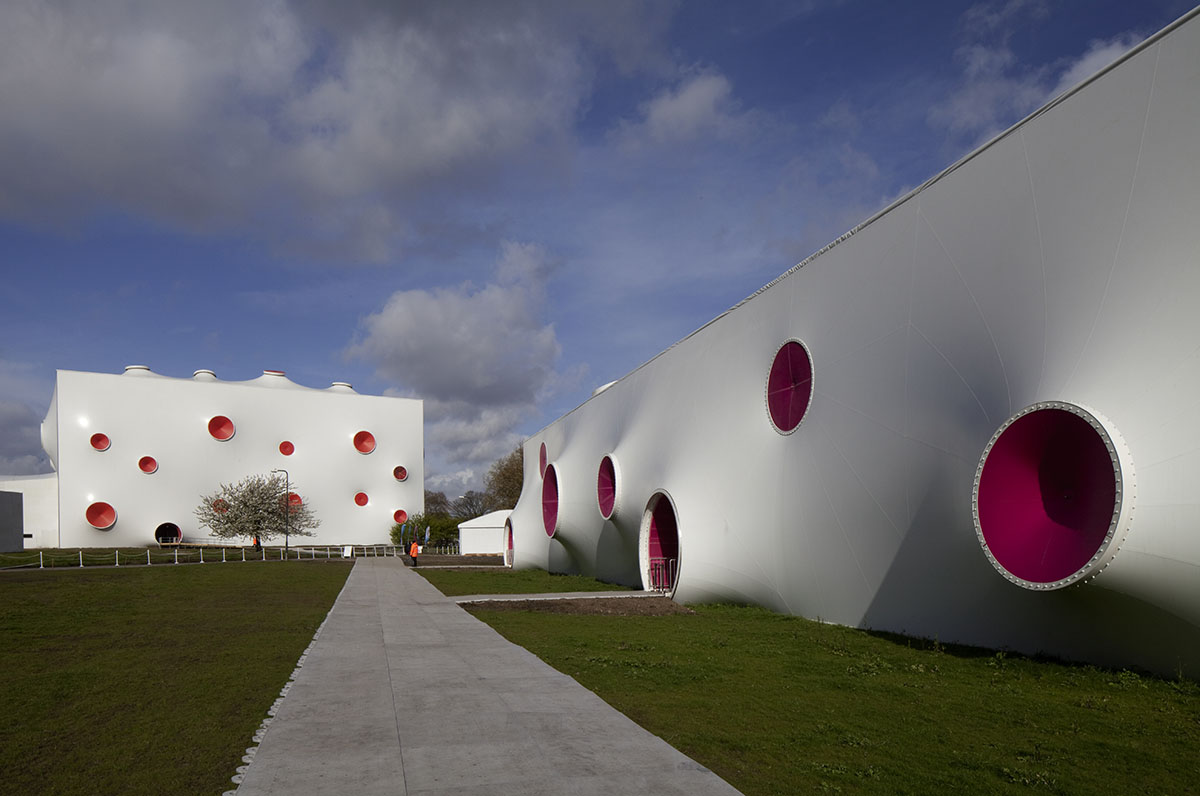
An exhibition, titled Buildings for Movement - International architectures for sports, is set to open on July 14, 2021 at the HDA – Haus der Architektur in Graz, Austria. The exhibition will be on view until October 10th 2021 at the HDA.
2021 is the year of sports – not only in Graz, but also the Summer Olympic Games have been scheduled for this year.
To mark this occasion, the Haus der Architektur (HDA) is showing selected buildings that offer a specific space for movement to the most diverse forms of sporting activity.
For the opening an online registration is required, click to register.
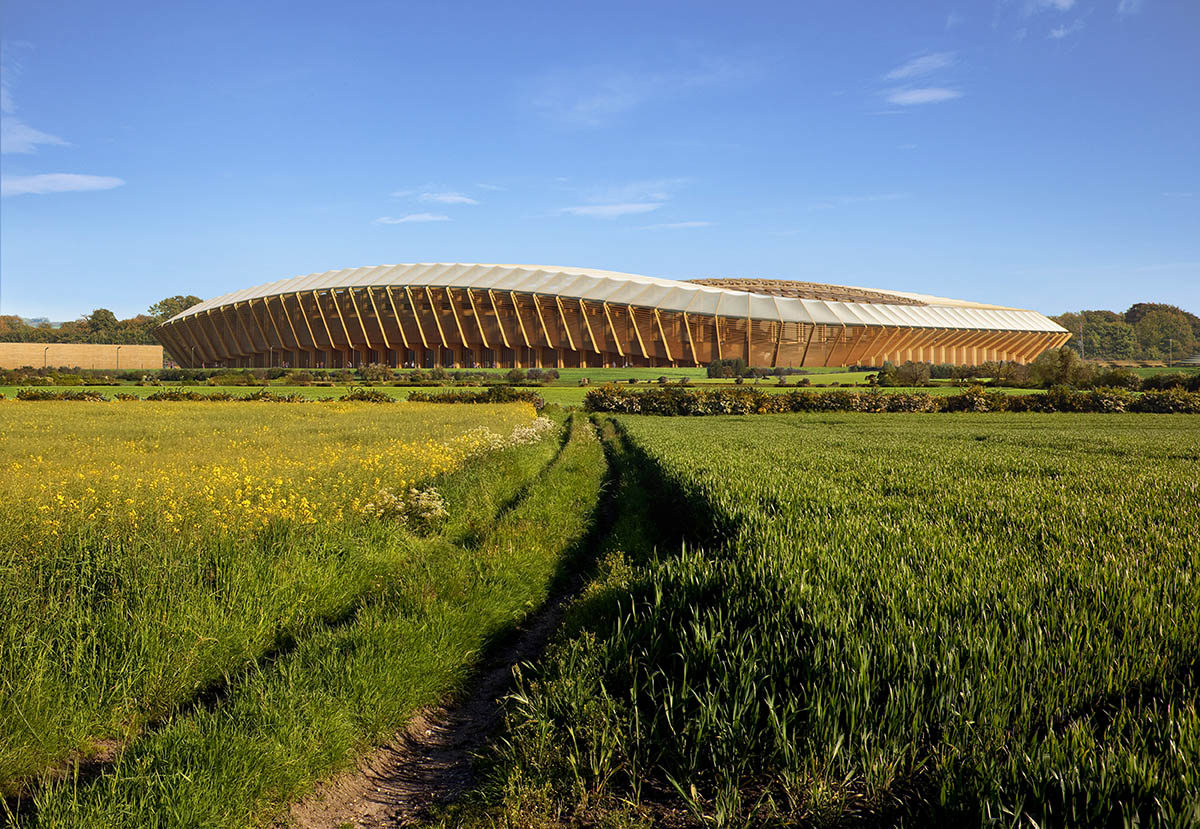
Fußballstadium Forest Green Rovers, Zaha Hadid Architects. Rendering © MIR
Nowadays sporting activity has become an important part of everyday life. Whether physical exercise in a fitness studio, or jogging in the neighborhood, today sport is associated with lifestyle, fun and health consciousness. It is well-known that exercise has a positive physical and psychological impact on our well-being, in addition, it is also recommended by the WHO to train half an hour a day. The cultural and social significance of sporting events and competitions was also recognized as far back as ancient Greece. Sport connects people, promotes tolerance and respect for individuals and the community, and supports social inclusion.
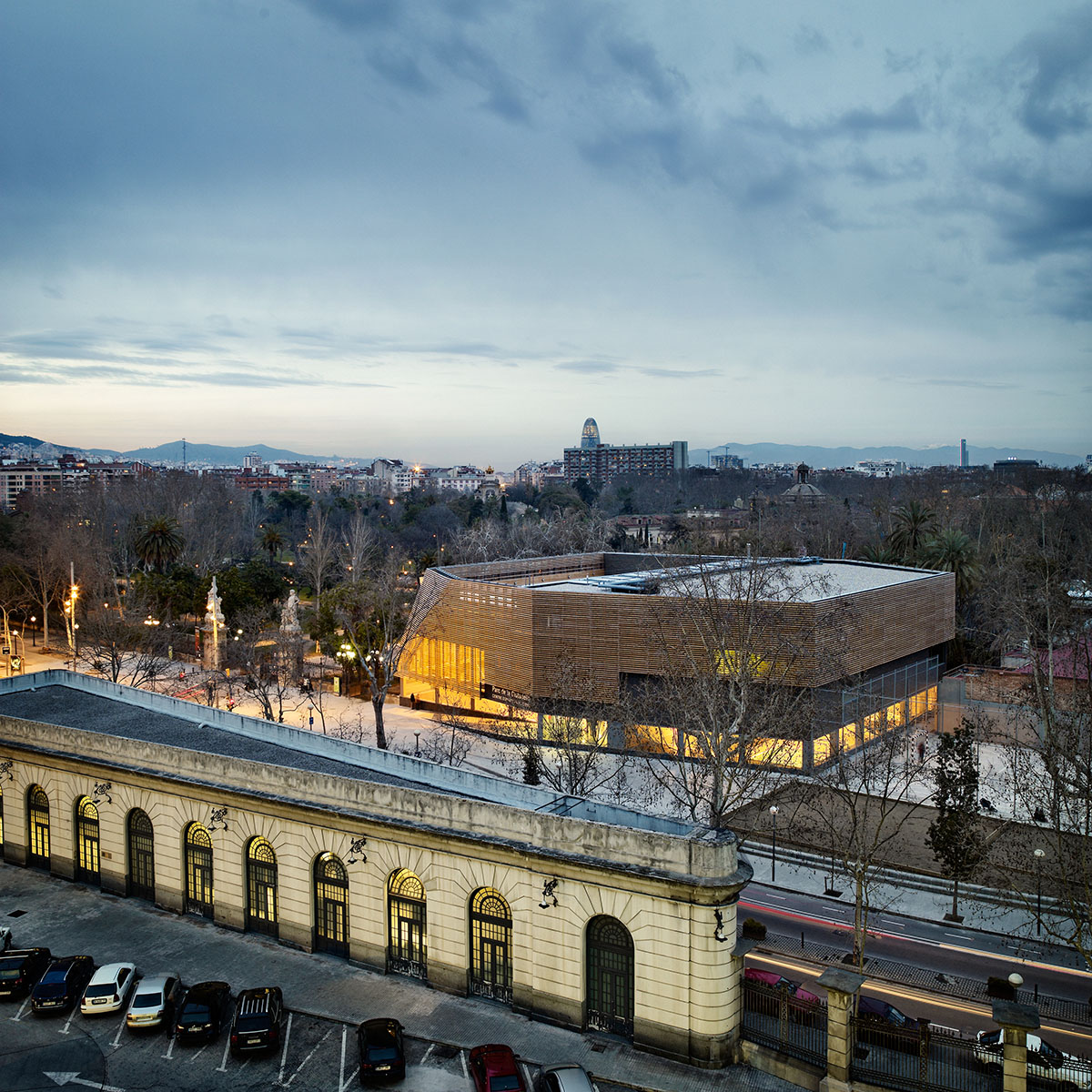
Ciutadella Park Sportzentrum, Batlle i Roig Arquitectes. Image © Jose Hevia
In the course of time, the architecture for the various sports has changed and is no longer represented by the typology of the high school. In addition, the spatial presence of increasingly sophisticated sports buildings has become more diverse. Whether skateboarding, bouldering, swimming, skiing in the city, dancing or archery, every sport is expressed in an individual building shape that is suitable for it.
The environment in which the buildings are constructed plays an important role. Due to the limited building land in cities, condensed concepts are often required here. Sports areas expand the public space and become an important meeting point for the neighborhood. Existing buildings or roof areas are converted in unconventional ways, while sports facilities are to be integrated into existing green spaces as carefully and sensitively as possible.
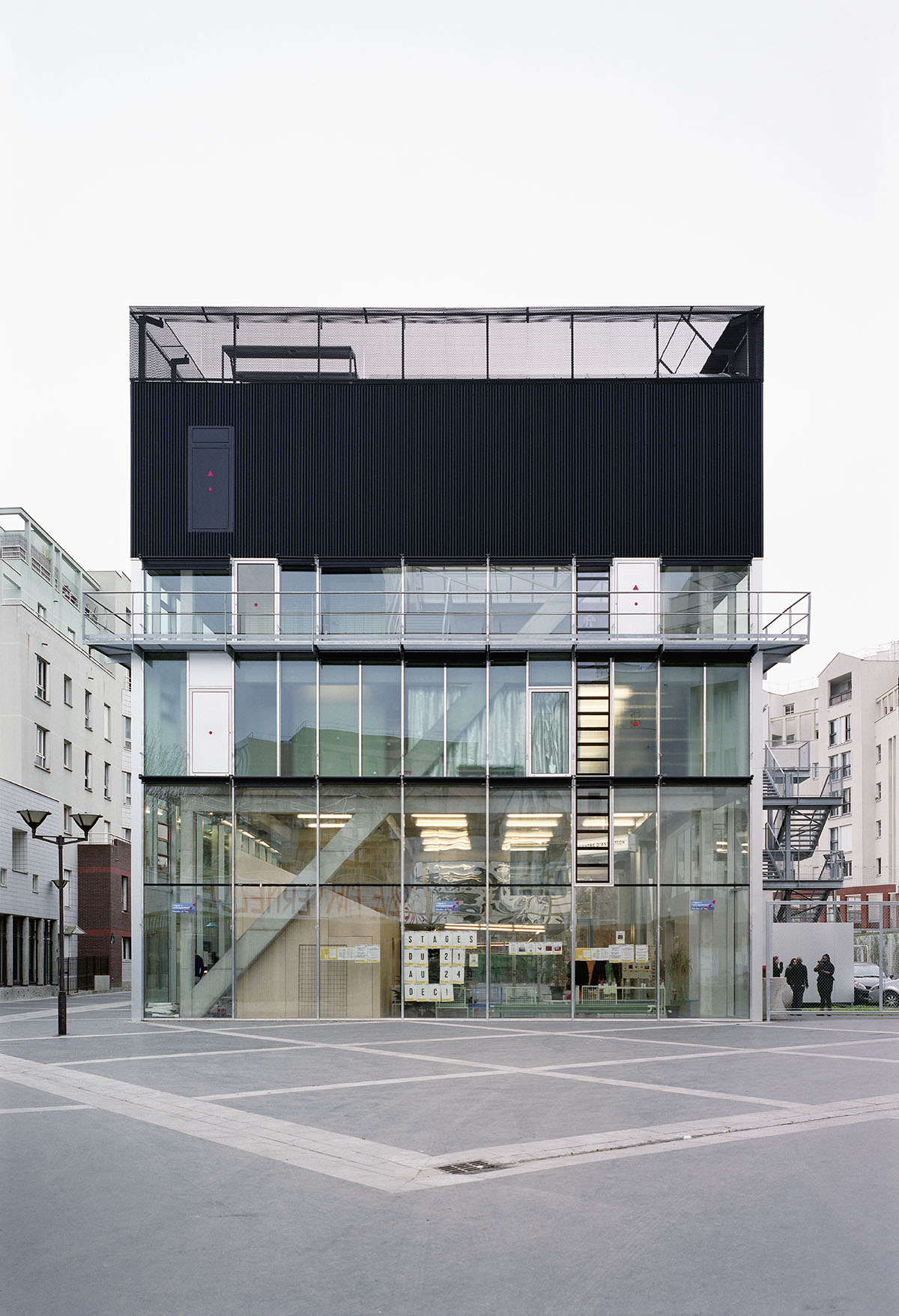
Kultur- und Sportzentrum, BRUTHER Architects. Image © Julien Hourcade
The spectrum of examples shown in the exhibition from all over Europe presents exemplary different planning as well as constructive approaches and also addresses historical and social questions about sport and exercise in everyday urban and rural life.
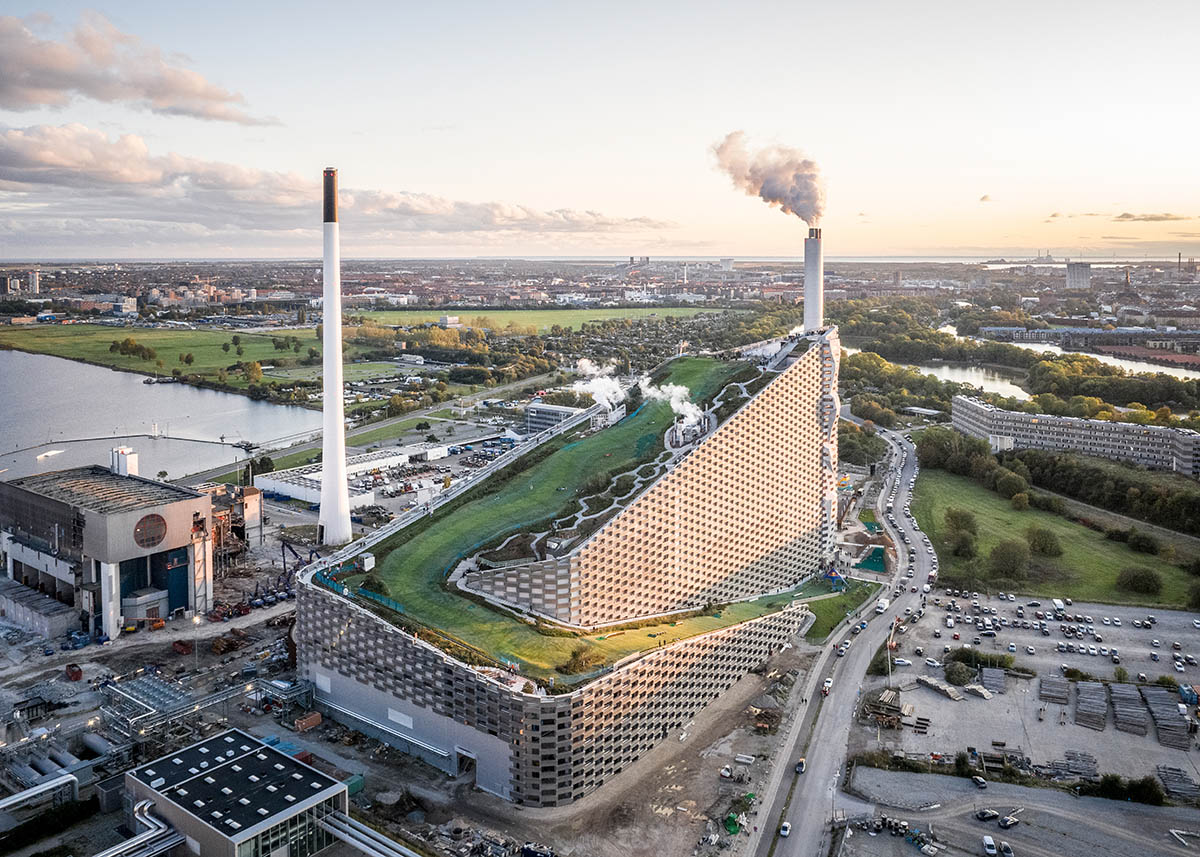
Skisportanlage, BIG Bjarke Ingels Group. Image © Rasmus Hjortshoj
All the selected buildings succeed in making a substantial and aesthetic contribution not only to the urban or natural environment. A "healthy mind lives in a healthy body" is a well-known quotation by Decimus Iunius Iuvenal from the 2nd century A.D.
This applies in particular to the "building", the quality and architectural presence of which has an impact on the psyche and physical structure of the environment and the users. Due to its functionality, the pleasant and successful exercise of the respective sport is promoted and presented to the outside world.
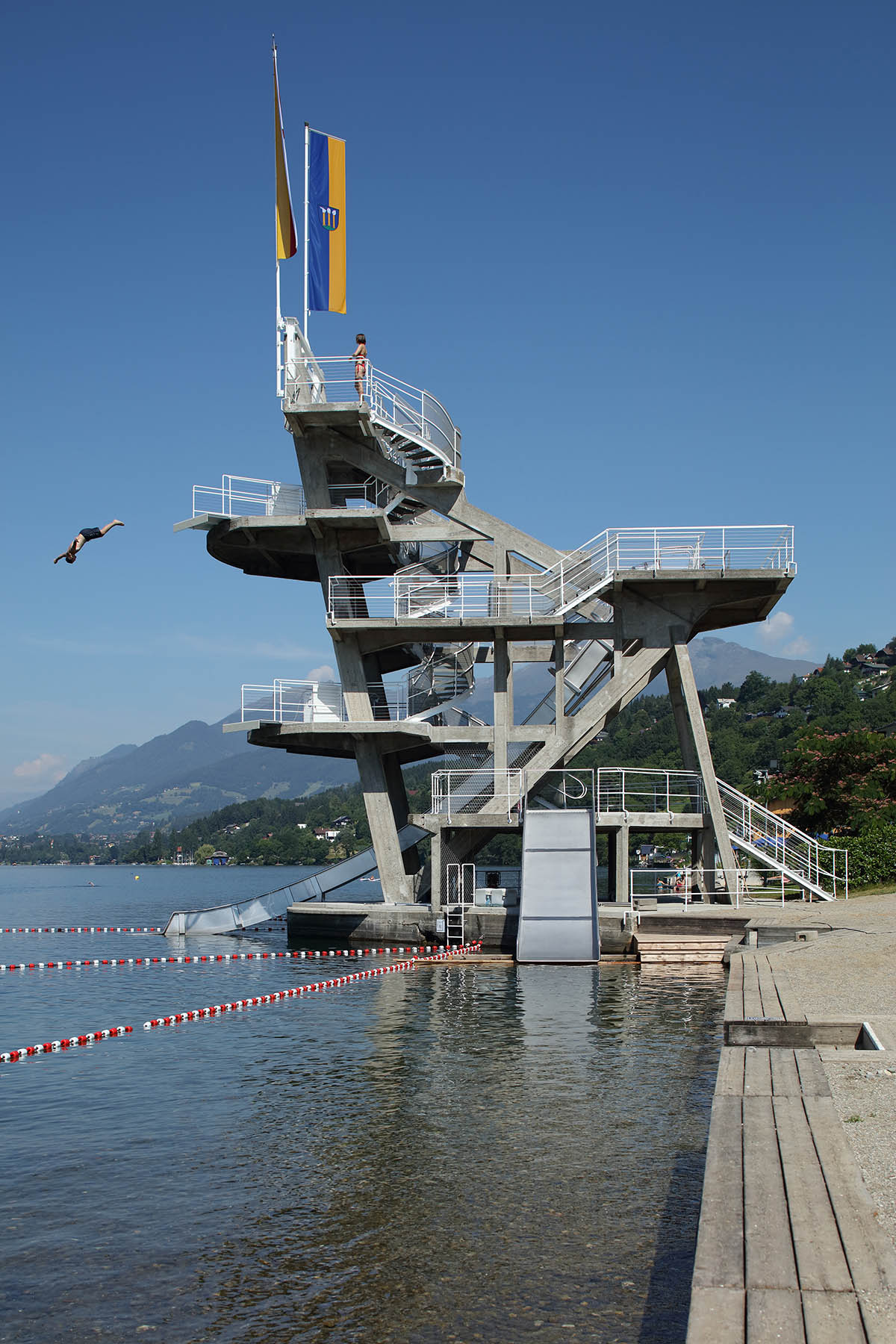
Sprungturm Millstatt, Hohengasser Wirnsberger Architekte. Image © Christian Brandstaetter
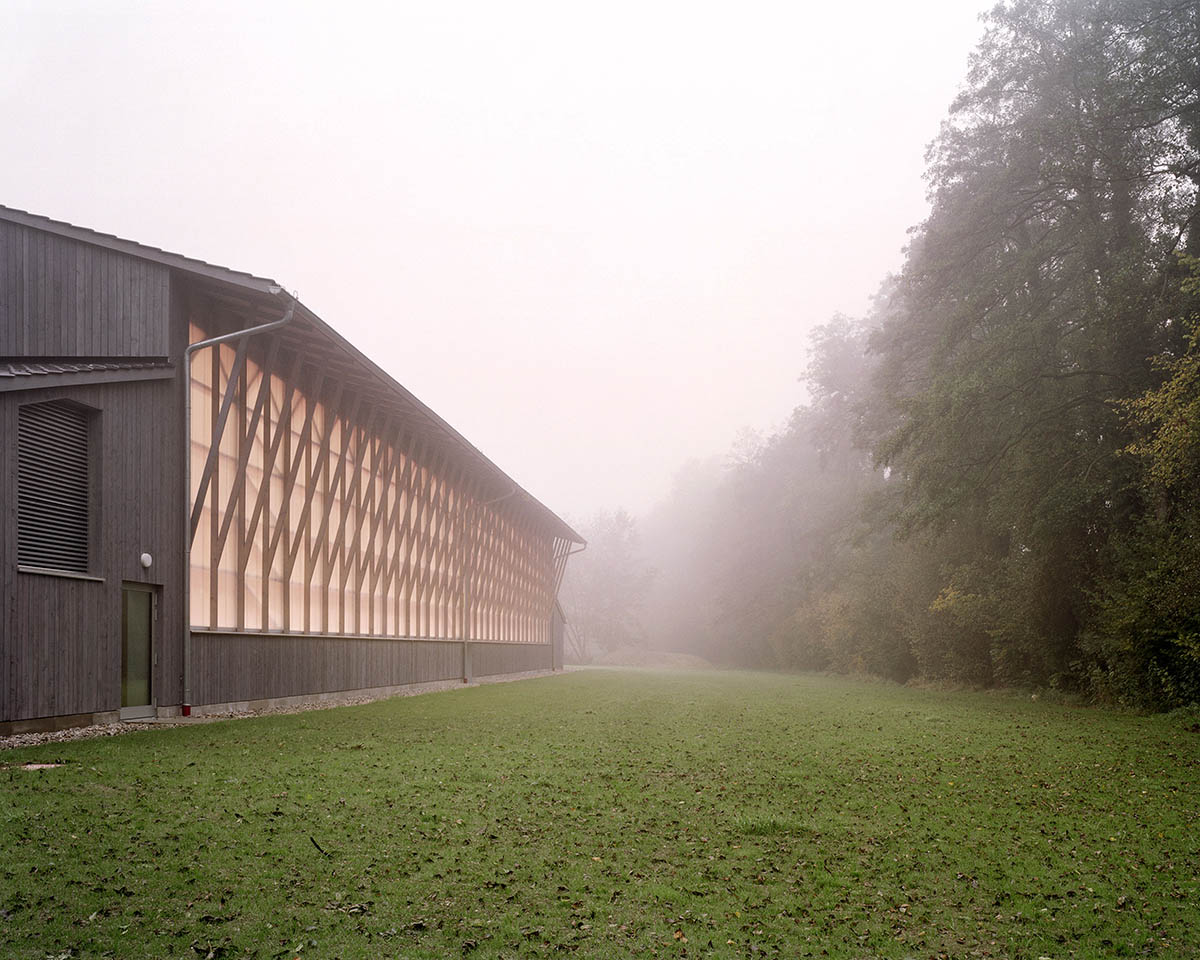
Turnhalle, Almannai Fischer mit Harald Fuchshuber. Image © Sebastian Schels
The exhibition invites all athletes and sports enthusiasts on a journey of discovery through these unconventional sports facilities.
Following projects | buildings will be shown in the exhibition:
Diving Tower, Millstatt am See (AT)
Walter Benedikt & Rudolf Christof, 1930; Revitalisierung / Revitalization: Hohengasser Wirnsberger Architekten 2019
Forest Green Rovers Eco Park Stadium, Stroud (GB)
Zaha Hadid Architects 2021
Sports Hall Canton School, Wettingen (CH)
:mlzd Architekten 2018
Olympic Shooting Venue, London (GB)
magma architecture 2012
Tennis Court Simonne Mathieu, Paris (F)
Marc Mimram Architecture & Associés 2018
Henri Wallon Swimming Hall, Bagneux (F)
Dominique Coulon & associés 2014
Ciutadella Park Sports Center, Barcelona (ES)
Batlle i Roig Arquitectura 2005
Tossols Basil Athletics Stadium Girona (ES)
RCR Arquitectes 2000
Cultural and Sports Center, Paris (F)
BRUTHER Architects 2004
Street sports and cultural centre „StreetMekka”, Viborg (DK)
EFFEKT 2018
Skisport facility "CopenHill”, Kopenhagen (DK)
BIG –Bjarke Ingels Group 2019
Climbing Hall, Bruneck (IT)
Stifter + Bachmann 2019
Sports Hall, Haiming (D)
Almannai Fischer in Zusammenarbeit mit Harald Fuchshuber 2016
Dance School, Reggiolo (IT)
Mario Cucinella Architects 2018
Exhibition facts
Exhibition at the HDA – Haus der Architektur, Graz
Opening: July 14th 2021, 7pm
Duration of exhibition: July 15th to October 10th 2021
Opening Hours: Tue-Sun 10am-6pm
Venue: HDA – Haus der Architektur, Mariahilferstraße 2, 8020 Graz, Austria
Exhibition curated by: HDA – Haus der Architektur, Graz
Exhibition design: Carina Schepella & Teresa Hausharter, master Thesis at FH Joanneum Graz, Department Media & Design
Top image: Olympische Schießsporthalle, magma architecture, © J.L. Diehl